Haichen Wang
Institut für Physik, Martin-Luther-Universität Halle-Wittenberg
Pretrained Event Classification Model for High Energy Physics Analysis
Dec 14, 2024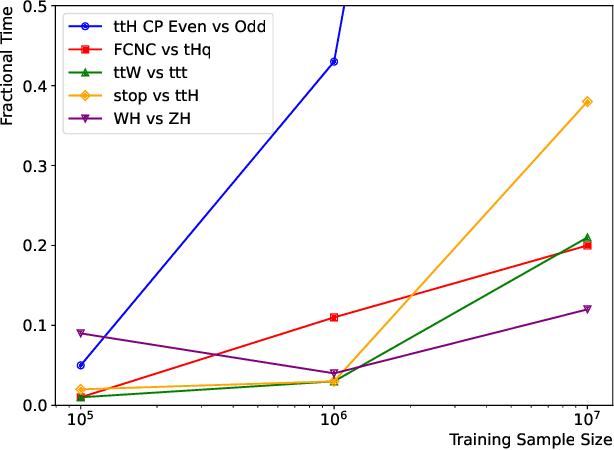



Abstract:We introduce a foundation model for event classification in high-energy physics, built on a Graph Neural Network architecture and trained on 120 million simulated proton-proton collision events spanning 12 distinct physics processes. The model is pretrained to learn a general and robust representation of collision data using challenging multiclass and multilabel classification tasks. Its performance is evaluated across five event classification tasks, which include both physics processes used during pretraining and new processes not encountered during pretraining. Fine-tuning the pretrained model significantly improves classification performance, particularly in scenarios with limited training data, demonstrating gains in both accuracy and computational efficiency. To investigate the underlying mechanisms behind these performance improvements, we employ a representational similarity evaluation framework based on Centered Kernel Alignment. This analysis reveals notable differences in the learned representations of fine-tuned pretrained models compared to baseline models trained from scratch.
Reconstruction of Differentially Private Text Sanitization via Large Language Models
Oct 16, 2024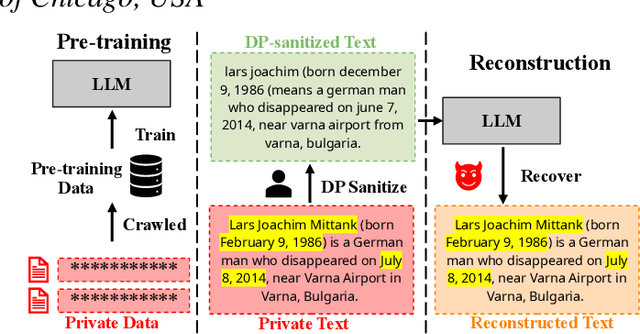

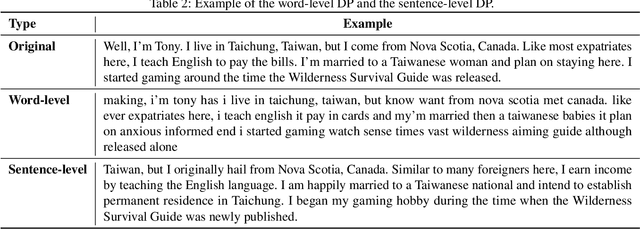
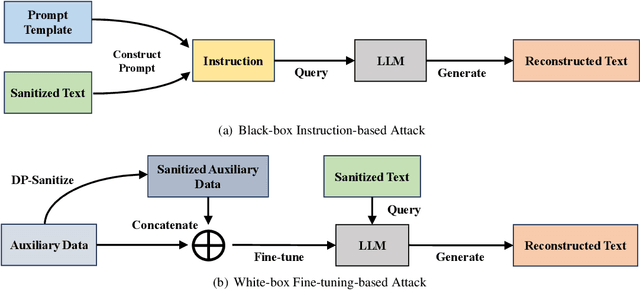
Abstract:Differential privacy (DP) is the de facto privacy standard against privacy leakage attacks, including many recently discovered ones against large language models (LLMs). However, we discovered that LLMs could reconstruct the altered/removed privacy from given DP-sanitized prompts. We propose two attacks (black-box and white-box) based on the accessibility to LLMs and show that LLMs could connect the pair of DP-sanitized text and the corresponding private training data of LLMs by giving sample text pairs as instructions (in the black-box attacks) or fine-tuning data (in the white-box attacks). To illustrate our findings, we conduct comprehensive experiments on modern LLMs (e.g., LLaMA-2, LLaMA-3, ChatGPT-3.5, ChatGPT-4, ChatGPT-4o, Claude-3, Claude-3.5, OPT, GPT-Neo, GPT-J, Gemma-2, and Pythia) using commonly used datasets (such as WikiMIA, Pile-CC, and Pile-Wiki) against both word-level and sentence-level DP. The experimental results show promising recovery rates, e.g., the black-box attacks against the word-level DP over WikiMIA dataset gave 72.18% on LLaMA-2 (70B), 82.39% on LLaMA-3 (70B), 75.35% on Gemma-2, 91.2% on ChatGPT-4o, and 94.01% on Claude-3.5 (Sonnet). More urgently, this study indicates that these well-known LLMs have emerged as a new security risk for existing DP text sanitization approaches in the current environment.
Machine Learning guided high-throughput search of non-oxide garnets
Aug 29, 2022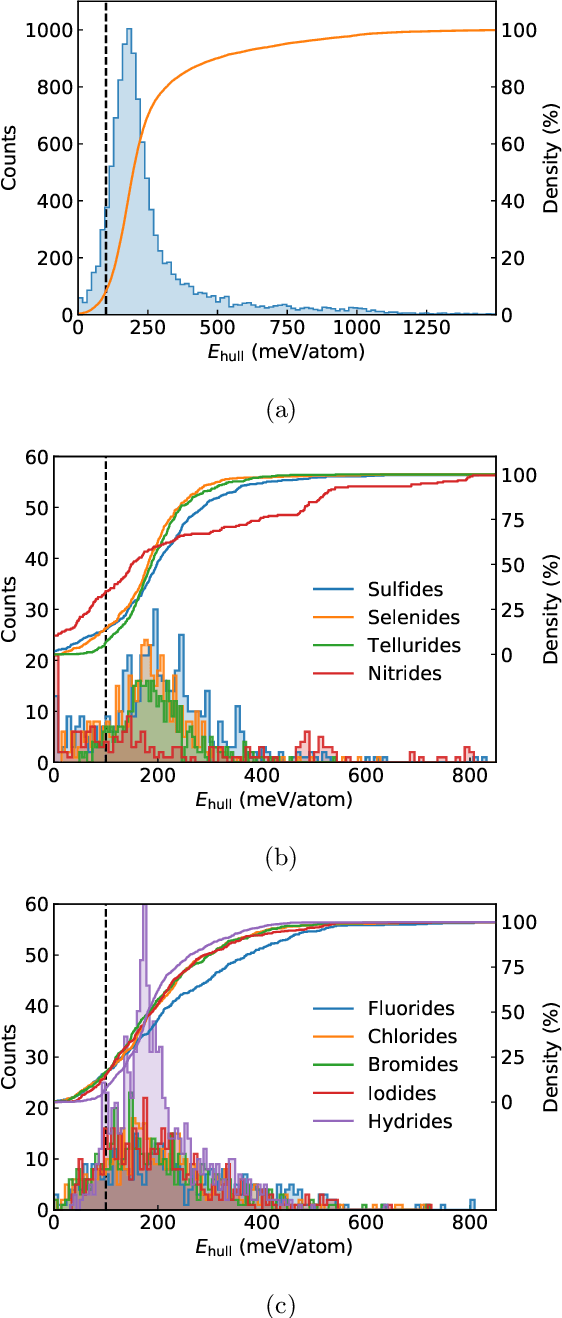

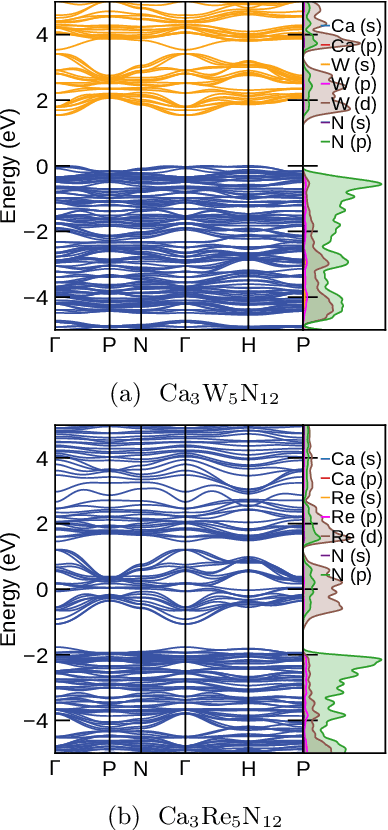

Abstract:Garnets, known since the early stages of human civilization, have found important applications in modern technologies including magnetorestriction, spintronics, lithium batteries, etc. The overwhelming majority of experimentally known garnets are oxides, while explorations (experimental or theoretical) for the rest of the chemical space have been limited in scope. A key issue is that the garnet structure has a large primitive unit cell, requiring an enormous amount of computational resources. To perform a comprehensive search of the complete chemical space for new garnets,we combine recent progress in graph neural networks with high-throughput calculations. We apply the machine learning model to identify the potential (meta-)stable garnet systems before systematic density-functional calculations to validate the predictions. In this way, we discover more than 600 ternary garnets with distances to the convex hull below 100~meV/atom with a variety of physical and chemical properties. This includes sulfide, nitride and halide garnets. For these, we analyze the electronic structure and discuss the connection between the value of the electronic band gap and charge balance.
 Add to Chrome
Add to Chrome Add to Firefox
Add to Firefox Add to Edge
Add to Edge